This post is part of a series on the 2016 Brookings Financial and Digital Inclusion Project (FDIP), which was released at a Brookings public event in August. Following a post on financial inclusion developments in Mexico, this blog explores key opportunities and obstacles with respect to access to and usage of formal financial services across the other FDIP countries in the Latin America & Caribbean (LAC) region: Brazil, Chile, Colombia, the Dominican Republic, El Salvador, Haiti, and Peru.
Among the 26 FDIP countries featured in our 2016 financial inclusion scorecard, two countries in the Latin America & Caribbean (LAC) region—Colombia and Brazil—ranked in the top five. Although not all the LAC countries in the FDIP sample were among the top performers according to the 2016 FDIP scorecard metrics, each of these countries has engaged in efforts to amplify access to and usage of formal financial services among underserved populations.
Below, we examine selected scoring highlights from seven of our LAC focus countries—including the Dominican Republic, El Salvador, and Haiti, which were introduced into the FDIP country sample for 2016—and identify opportunities to strengthen financial inclusion in the future.
Brazil
Strong commitment to advancing financial inclusion, but opportunities remain to enhance consumer engagement with savings accounts and other financial products
With an overall score of 78 percent, Brazil tied for third place out of the 26 countries considered in the 2016 FDIP scorecard. Brazil performed well across the four dimensions of the scorecard (i.e., country commitment, mobile capacity, regulatory environment, and adoption of traditional and digital financial services), receiving the third-highest score on both the country commitment and mobile capacity dimensions and ranking fourth on the adoption dimension.
Brazil has demonstrated strong national-level commitment to advancing financial inclusion: For example, in 2015 Brazil held the first Forum on Financial Citizenship to examine financial inclusion issues facing small businesses and consumers and also released the third report on financial inclusion in Brazil. In the future, establishing measurable targets related to financial inclusion could help Brazil hone in on specific financial inclusion priorities and augment its country commitment score.
Brazil received one out of three possible points for the indicator pertaining to savings at a financial institution among adults age 15 and older as of 2014, and for each of the mobile money-related indicators included in the 2016 scorecard. Thus, while Brazil’s latest report on financial inclusion demonstrates that access to financial points of service has increased across many municipalities, opportunities to facilitate usage of accounts with these financial service providers remain. Moving forward, advancing consumer engagement with simplified savings accounts in low-income and rural communities, as well as other underserved groups, could help amplify financial inclusion in Brazil.
Chile
Robust adoption of traditional financial services, and greater regulatory clarity could augment adoption of digital financial services
Chile scored among the top 10 FDIP countries on the 2016 scorecard, earning 74 percent of the total possible points. Chile’s robust adoption score of 75 percent—the second-highest among the 26 FDIP countries—contributed to its strong overall performance on the scorecard.
In particular, Chile earned the highest possible score for the percentage of low-income adults with an account at a formal financial institution and women with an account at a formal financial institution. Chile also received the highest possible score for the indicators examining usage of debit cards and credit cards, internet-based bill payment and purchases, and the percentage of adults engaging in three or more withdrawals from their account at a financial institution in a typical month.
Enhancing regulatory clarity with respect to electronic money could help encourage the entry of a diverse array of digital financial service providers and offerings. One development in Chile regarding the country’s electronic money landscape is the ongoing consideration of a new legal framework that would allow non-bank entities to access the retail payment system; some financial inclusion experts have suggested this framework could help drive expansion of mobile money and mobile payments in the future.
Colombia
Highest overall score among the FDIP countries in the LAC region, and advancing interoperability could further enhance financial inclusion
As the second-highest scoring FDIP country overall and the highest-scoring FDIP country in the LAC region, Colombia has demonstrated considerable commitment to and progress toward fostering financial inclusion. Colombia achieved the greatest scoring increase between 2015 and 2016 of any of the FDIP LAC countries, at 5 percentage points.
Moreover, Colombia received the highest score possible for its commitment to advancing financial inclusion, in part due to the establishment of a number of quantifiable financial inclusion targets. Other examples of Colombia’s commitment to promoting financial inclusion include the launch of Colombia’s national financial inclusion strategy in 2014 and the development of a dedicated financial inclusion commission in 2015.
Colombia has demonstrated considerable progress with respect to amplifying access to formal financial services: As of 2015, all of Colombia’s municipalities had at least one financial access point in place, according to the Superintendencia Financiera de Colombia. Moving forward, advancing interoperability across digital financial services (e.g., mobile money) could help contribute to enhanced access to and usage of formal financial services among those at the margins of (or outside of) the formal financial ecosystem.
Dominican Republic
Relative gender equity in terms of formal account ownership, but adoption of digital financial services yields room for growth
The Dominican Republic, which earned the second-highest overall score among the five new FDIP countries (the four other countries being Egypt, El Salvador, Haiti, and Vietnam), was one of only a handful FDIP countries that did not display a financial inclusion “gender gap” (e.g., a greater percentage of men than women holding accounts with formal financial institutions or mobile money providers). With respect to the digital financial services landscape, the Dominican Republic has advanced “branchless banking” by formally launching mobile money deployments in 2014 and approving agent banking legislation that same year, among other initiatives.
Yet while the Dominican Republic received strong scores in terms of account takeup at formal financial institutions among low-income adults and women, as well as levels of borrowing from and saving at formal financial institutions, the country received low scores in terms of the adoption of selected digital financial services and products, including debit card use, credit card use, bill payment and purchases conducted via the internet, and mobile money adoption.
Moving forward, developing a comprehensive electronic money framework and promoting platform interoperability could help drive greater adoption of digital financial services. Moreover, participating in international knowledge-sharing networks and initiatives such as the Alliance for Financial Inclusion and the Alliance for Financial Inclusion’s Maya Declaration could help provide the Dominican Republic with greater support in developing and implementing its financial inclusion objectives.
El Salvador
Mobile money standout among the FDIP LAC countries, and enhanced data collection could inform the development of measurable financial inclusion targets
El Salvador earned the highest overall score among the five new FDIP countries, at 68 percent. Although adoption of mobile money is low compared with some FDIP countries in sub-Saharan Africa and South Asia, El Salvador was among the top 15 mobile money markets in the world as of 2015 (as measured by “90-day active accounts as a proportion of the total adult population”), according to the GSMA. We anticipate that increases in smartphone adoption over time will help further accelerate adoption of mobile money in El Salvador.
With respect to country commitment, the government of El Salvador is giving significant attention to financial inclusion as a national priority. For example, the Banco Central de Reserva de El Salvador (BCR) joined the Alliance for Financial Inclusion as a principal member in 2012, and the BCR and the Superintendencia del Sistema Financiero de El Salvador made a joint commitment under the Maya Declaration.
However, opportunities still exist to enhance El Salvador’s performance on this component of the FDIP scorecard. For example, establishing quantifiable financial inclusion targets and instituting a national financial services survey that assesses financial inclusion among underserved populations could help augment El Salvador’s country commitment score moving forward. Engaging in these efforts would enable the country to better identify market gaps and opportunities with respect to the financial services landscape and help foster accountability in the drive to achieve greater financial inclusion.
Haiti
Economic and infrastructural constraints pose challenges to financial access and usage, but national-level commitment to financial inclusion is evident
As one of the lowest-income FDIP countries, Haiti faces economic and infrastructural barriers with respect to advancing financial inclusion. Indeed, Haiti was among the five lowest-scoring FDIP countries, indicating considerable opportunity to enhance financial inclusion. For example, the percentage of adults age 15 and older with a formal financial account in Haiti as of 2014 was about 2.7 times less than the percentage of adults with a formal financial account in the LAC region globally. Moreover, formal account penetration levels in Haiti as of 2014 were about 8.6 percentage points lower than in low income countries globally.
However, Haiti has made a number of efforts to expand access to and usage of formal financial services, including through its participation in the Alliance for Financial Inclusion, the establishment of a national financial inclusion strategy, and the ongoing development of a comprehensive financial consumer protection framework.
Moving forward, implementing a national demand-side financial services survey and establishing a dedicated national financial inclusion body could help Haiti to identify gaps in financial access and usage and advance public-private sector coordination with respect to promoting financial inclusion initiatives.
Peru
Emergence of innovative interoperability model is likely to accelerate the adoption of digital financial services
Despite achieving the highest possible scores for indicators regarding country commitment, Peru was not one of the top performers on the overall FDIP scorecard. The discrepancy can primarily be attributed to Peru’s adoption score, which was the second-lowest among the FDIP LAC countries. Another factor constraining Peru’s overall score was the limited array of mobile money offerings available in Peru during the data collection period for the second annual FDIP report.
However, a major development in Peru’s digital financial services ecosystem is expected to boost takeup of mobile money services in the future. In February 2016, Peru launched the world’s first fully interoperable mobile payments platform, BIM. By enabling telecommunications companies and financial institutions to access a shared platform, Peru’s public and private sector financial inclusion stakeholders hope to expand financial inclusion by strengthening the accessibility and utility of digital financial services among underserved populations.
We anticipate that Peru’s robust country commitment and enabling regulatory environment, combined with the emergence of an innovative mobile money platform and the projected introduction of diverse mobile money offerings into the market, will contribute to the acceleration of financial inclusion over the coming months and years.
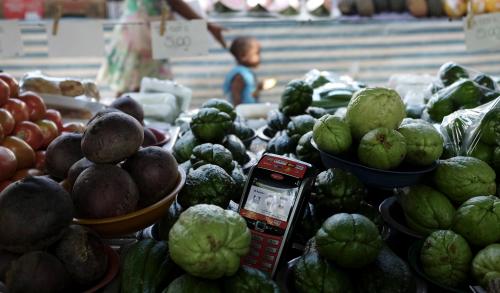
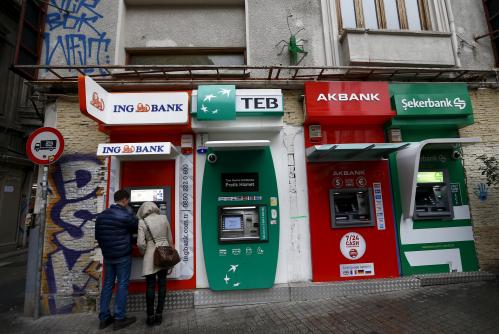
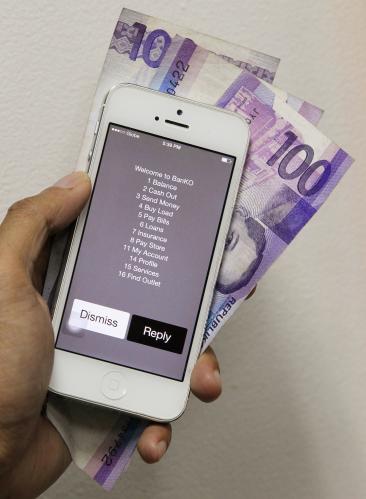

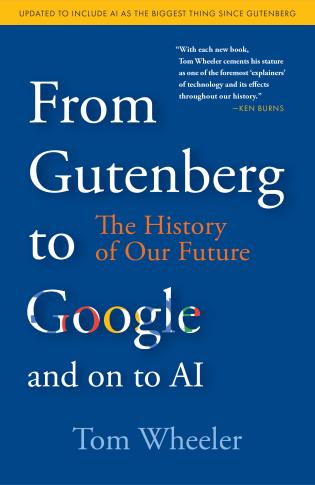
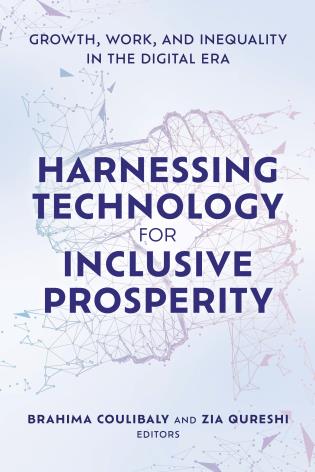





Commentary
Progress and pitfalls for equitable financial access and usage in Latin America and the Caribbean
August 18, 2016